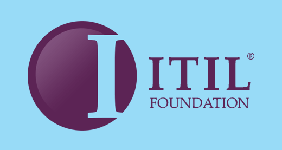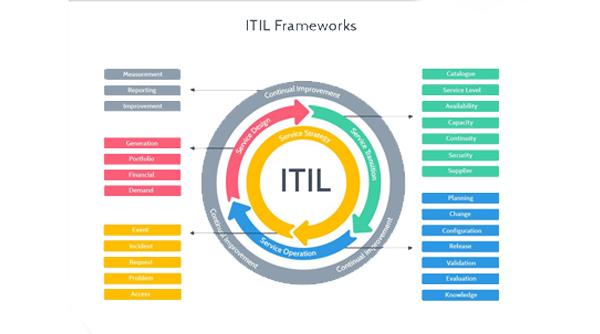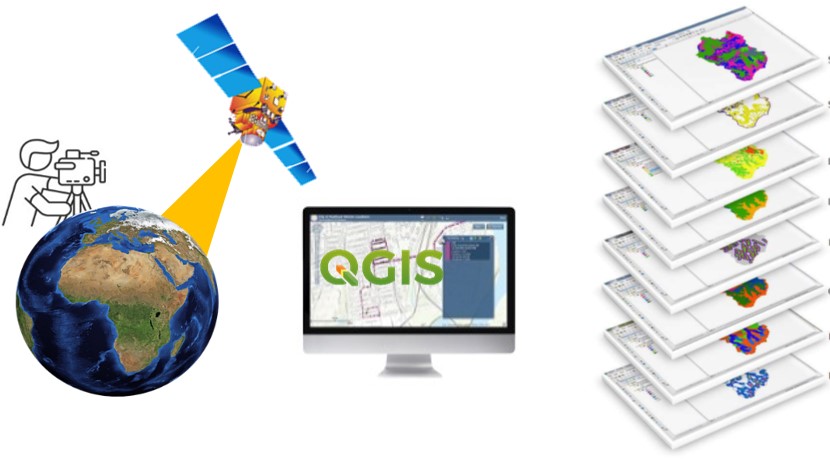ITIL (Information Technology Infrastructure Library) is a framework that provides best practices for IT service management (ITSM). It is a widely adopted approach for managing IT services in organizations of all sizes and across all industries.

ITIL Foundations
Last Updated: 2022-05-04
Learn ITIL Process and Guidelines From the Scratch Delivered by Realtime Expert
The framework consists of a set of publications that guide ITSM practices, organized into five main stages of the service lifecycle:
- Service Strategy: This stage focuses on defining the overall IT service strategy, including how services will be delivered and how they will be aligned with business objectives. Service Strategy is the first stage of the ITIL service lifecycle and focuses on defining the overall IT service strategy. Its main objective is to ensure that the IT services are aligned with the business objectives and to provide a framework for delivering value to customers.
The key activities of the Service Strategy stage include:
- Defining the market: This involves understanding the needs of the customers and identifying the market opportunities for IT services.
- Developing the service offerings: This involves defining the IT services that will be offered to customers, based on their needs and the market opportunities.
- Developing the service strategy: This involves defining the overall service strategy, including the value proposition, the target market, and the competitive positioning.
- Defining the financial management strategy: This involves developing a financial management strategy to ensure that the IT services are financially viable and provide value for money.
- Defining the demand management strategy: This involves developing a demand management strategy to ensure that the IT services are aligned with the changing needs of the customers.
- Defining the service portfolio: This involves developing a service portfolio that defines the IT services offered by the organization, including those that are currently in use and those that are planned for the future.
- Defining the governance model: This involves defining the governance model that will be used to manage the IT services and ensure that they are aligned with the business objectives.
The Service Strategy stage is critical to the success of the IT services and sets the direction for the rest of the ITIL service lifecycle. It ensures that the IT services are aligned with the business objectives and provides a framework for delivering value to customers.
- Service Design: This stage focuses on designing the IT services, including the architecture, processes, policies, and documentation necessary to deliver those services.
- Service Transition: This stage focuses on moving the new or modified services into production, including testing, training, and deployment.
- Service Operation: This stage focuses on the ongoing management of the IT services, including incident management, problem management, and service desk operations. Service Strategy is the first stage of the ITIL service lifecycle, and it is a critical component for organizations that aim to deliver quality IT services. The Service Strategy stage focuses on defining the overall IT service strategy, ensuring that the IT services provided align with the business objectives, and providing a framework for delivering value to customers.
One of the key activities of the Service Strategy stage is defining the market. This involves understanding the needs of customers and identifying market opportunities for IT services. This activity allows organizations to develop a clear understanding of what their customers need, which helps them design and deliver IT services that are more relevant and effective. Another crucial activity in the Service Strategy stage is developing the service offerings. It involves defining the IT services that will be offered to customers based on their needs and market opportunities. This activity allows organizations to design IT services that meet the specific requirements of their customers while taking advantage of market opportunities to deliver the best value to them.
In addition to defining the service offerings, developing the service strategy is another important activity in the Service Strategy stage. This activity involves defining the overall service strategy, including the value proposition, target market, and competitive positioning. This activity provides organizations with a clear direction on how to position their IT services to meet the needs of their customers and beat the competition. The Service Strategy stage also involves defining the financial management strategy, which ensures that IT services are financially viable and provide value for money. - Continual Service Improvement: This stage focuses on continuously improving IT services to meet changing business needs and to improve overall efficiency and effectiveness.
ITIL also includes a set of processes and functions that support these stages, including:
- Incident Management: Managing and resolving incidents that impact IT services.
- Problem Management: Identifying and resolving the root cause of recurring incidents.
- Change Management: Managing changes to IT services to minimize risk and ensure quality.
- Service Level Management: Defining and monitoring service level agreements (SLAs) with customers.
- IT Asset Management: Managing the lifecycle of IT assets, from procurement to disposal.
- ITIL is a flexible framework that can be adapted to meet the specific needs of each organization. It is often used in conjunction with other frameworks and methodologies, such as DevOps and Agile, to improve IT service delivery and support digital transformation initiatives.

























